Simple and rough! Comprehensive and practical brocade carp culture experience and methods!
Fish tank culture density
The culture density of any fish tank is not constant, it should be determined according to your own habits and the filtration of the fish tank. The smaller the density is, the easier it is to take care of the fish, and the fish will get sick less easily, otherwise it will be a lot of trouble. In short, high density is a big taboo in fish farming. In general, it is best to give the fish room to grow. It is best to raise a fish with 50 centimeters of water. Many people say that the fish always grow little or grow slowly, which has a lot to do with the density of the fish tank.
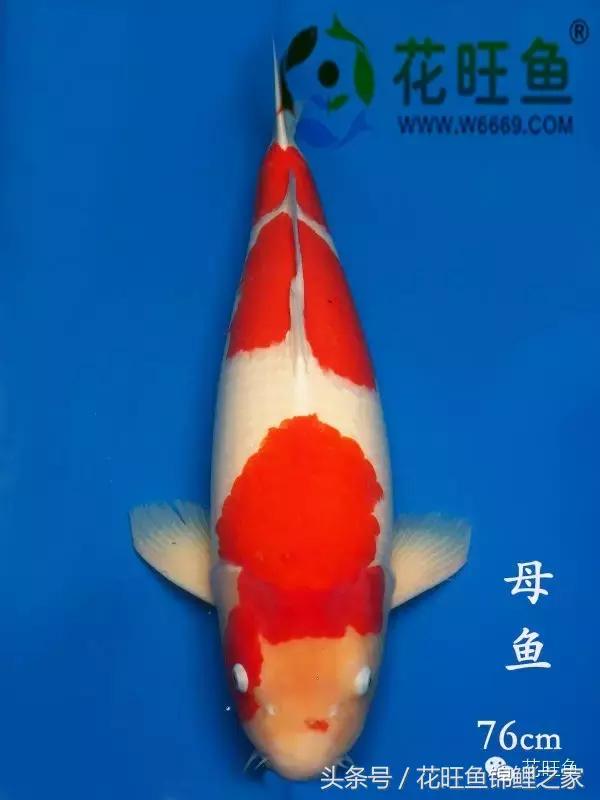
About the opening of new cylinder
How to open a new fish tank is a process that beginners must know and must do, but how to open a new fish tank? If the new tank can not be opened well, it will also have a great impact on fish farming in the future. If the new fish tank is opened successfully, raising water well will not be a problem, and raising koi will also reduce the incidence of koi disease.
Then how to open the new cylinder? First of all, it is necessary to prepare the conditions for opening a new cylinder, such as filters, pumps, filter materials, pipes for filtration, etc., if there are nitrifying bacteria in the previously used filter materials, it is best.
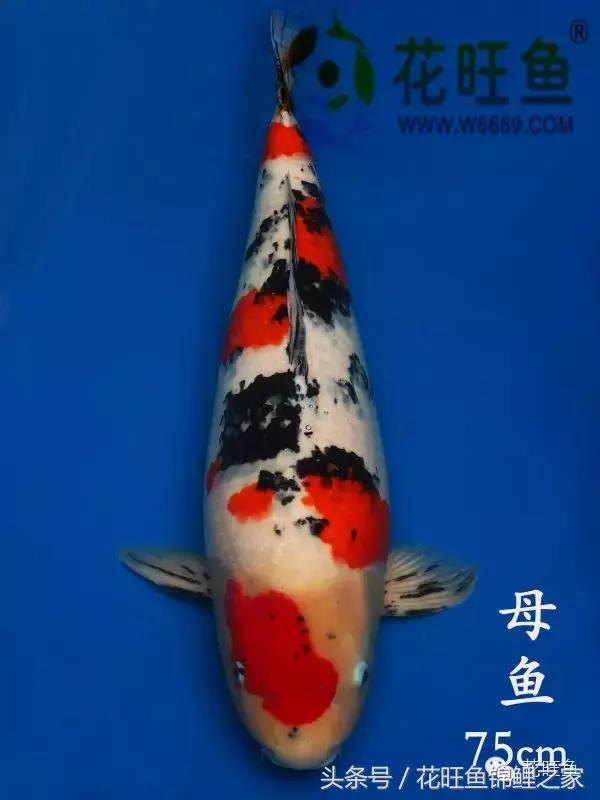
1, the second is the test cylinder, the so-called test tank is to filter what should not be installed, first pour water into the brocade carp tank (the premise is that the glue of the newly glued fish tank should be dry and solid, at least for about five or six days), if there is no leakage in a week, then the first step is successful, you can install pumps, pipes, filters, and so on, and then test the filter tank to see if it will leak, the method is the same.
2. Disinfect the new tank: if there is no mistake in the previous test, then start the disinfection work. The koi fish tank can be disinfected with salt and potassium permanganate. Soak the jar with salt water or potassium permanganate and rinse with clean water for half an hour or so. Rinse with clean water several times.
3, test the water, add salt (edible salt can be), then check the pump, and then disinfect the pump again, pump circulation, see if there is no water seepage in each pipe, if necessary, repair it in time. If not, stop the pump and release water in half an hour or an hour.
4. If everything above goes well, you can start to soak the tank and raise water. The main purpose of the bubble tank is to fill the koi tank with water and remove the flavor of the glue in the tank for 1 day.
Advertisements (adsbygoogle = window.adsbygoogle | | []) .push ({})
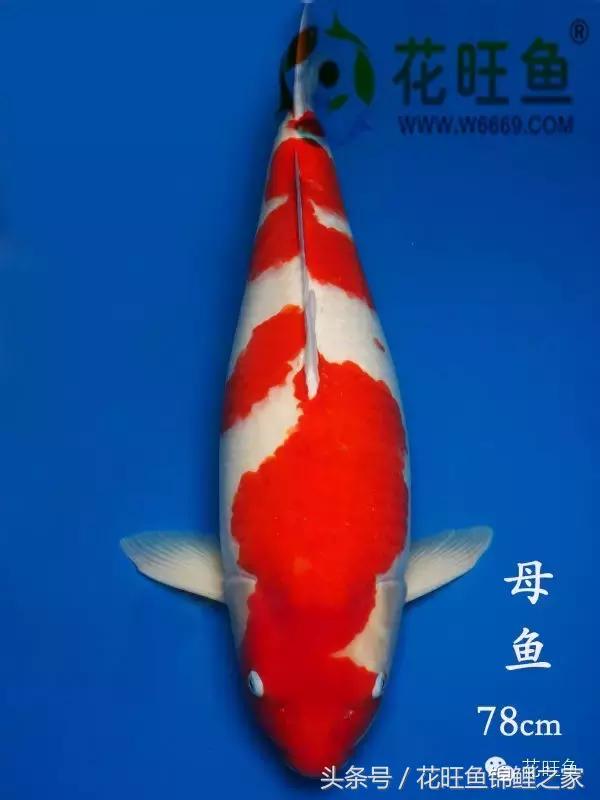
Four steps to raise water
1. Only turn on the oxygen pump on the first day of raising water, continuously add oxygen 24 hours a day, and set the oxygen pump to the maximum, waiting to watch the water in the fish tank tumble.
2. When it is close to winter or very cold, add a heating rod and adjust it to a temperature suitable for the growth of koi. Turn on the oxygen pump the next day, and from now on, you can't turn it off again.
3. Cultivate nitrifying bacteria: it was written before that if the old filtration equipment can be used, because there are already cultivated nitrifying bacteria in it, if not, buy the nitrifying bacteria sold on the market, pour the nitrifying bacteria into the filter, and then set the temperature of the water to 20 ℃-30 ℃, and there is enough oxygen, and the water should be recycled. An important step is the food of nitrifying bacteria, that is, a small amount of fish feces or food residue, to promote the reproduction of nitrifying bacteria.
After the water is finished, start to put into the tank fish, you can observe the fish for 5 days to a week, if there are no other adverse reactions, it means that the water is good, open the tank successfully, if not, continue to raise water. Finally, add 3/1000 special salt to wait for the new fish.
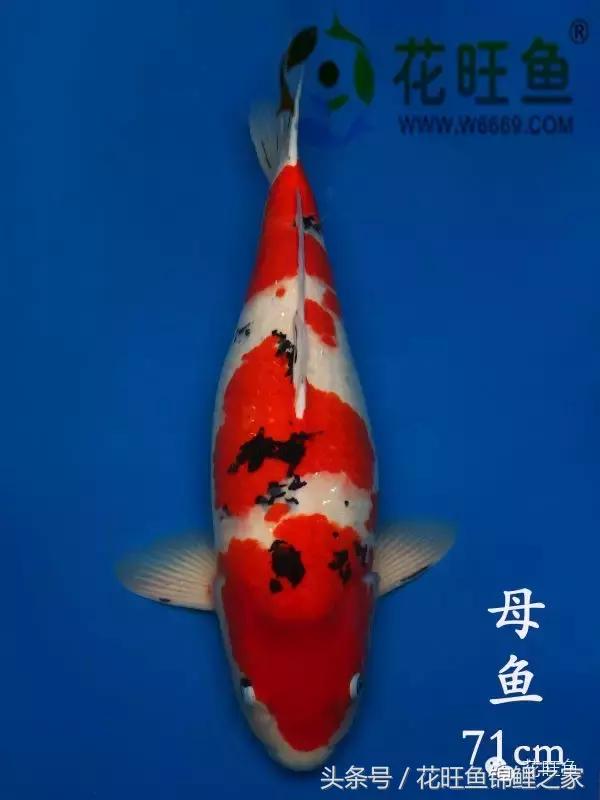
Over-heating, over-water, disinfection
Overheating
Put the newly bought fish bag on top of the fish tank for 30 minutes in summer and an hour in winter. Let the new fish slowly adapt to the temperature of the fish tank water.
Cross the water
After heating, wash out the water in the fish bag with a container and mix it with the same amount of water in the fish tank. A small number of times at intervals of more than ten minutes, after many times until the amount of water in the bag is equal to the amount of water in the bag, let the fish adapt for more than half an hour.
Disinfection
Finally, pour the fish into the basin and leave a small amount of water. Pour the warm hydrated potassium permanganate or chlorine dioxide yellow powder into the basin for disinfection. When disinfecting, you should put the oxygen head into the oxygen, soak it for a corresponding time, and then slowly put it into the fish tank. This process must be stable, do not hurt the fish for no reason.
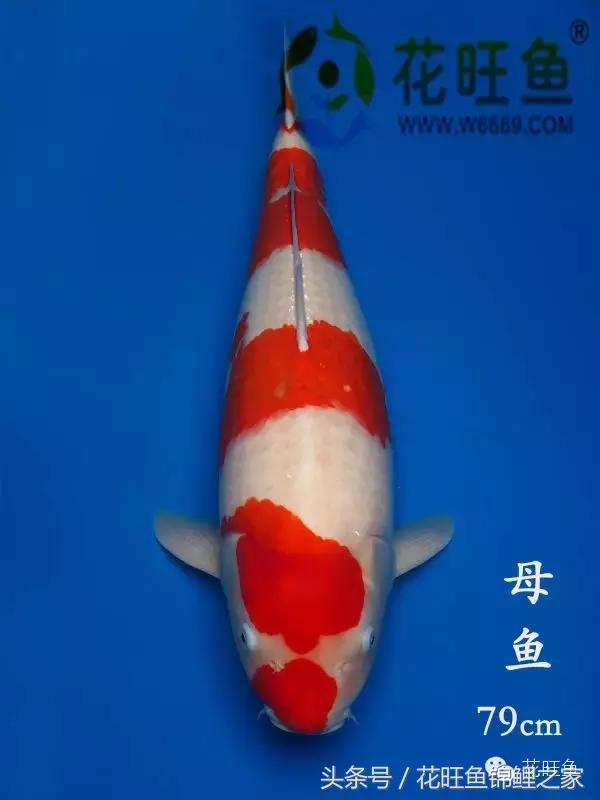
Operation of new fish after entering the tank
After disinfection, put the fish in the fish tank and stop eating for seven days. On the first day, chlorine dioxide is added in strict accordance with the instructions). On the second day, add VC (increase nutrition), crush warm hydration and pour it evenly into the fish tank. On the third day, people use oxytetracycline tablets (antibiotics), crush them with warm water and pour them into the fish tank. On the fourth day, add nitrifying bacteria and EM bacteria solution (these two are added after changing water) do not turn on the light, the oxygen pump is turned on to the maximum, rest.
A small amount of food will be fed seven days later, with two feeds for each fish as standard, once every morning, preferably soaking for five minutes for the first time, which helps to absorb the intestines of koi. Change the water every three days, 1/4 isothermal water or trapped water each time. Keep it for three weeks, at this time to test for nitrite, the test results should be normal. The concentration of nitrite should not exceed 0.1, and 0.05 is better under normal conditions. Only when the nitrite is normal, can we slowly increase the amount of feeding and reduce the number of water changes. Nitrite is the most important condition for the survival of koi. Attention must be paid to reducing the concentration of nitrite. In general, nitrite exceeds the standard for two months, the fish will be poisoned to death, which is why many fish friends say that the fish died inexplicably.
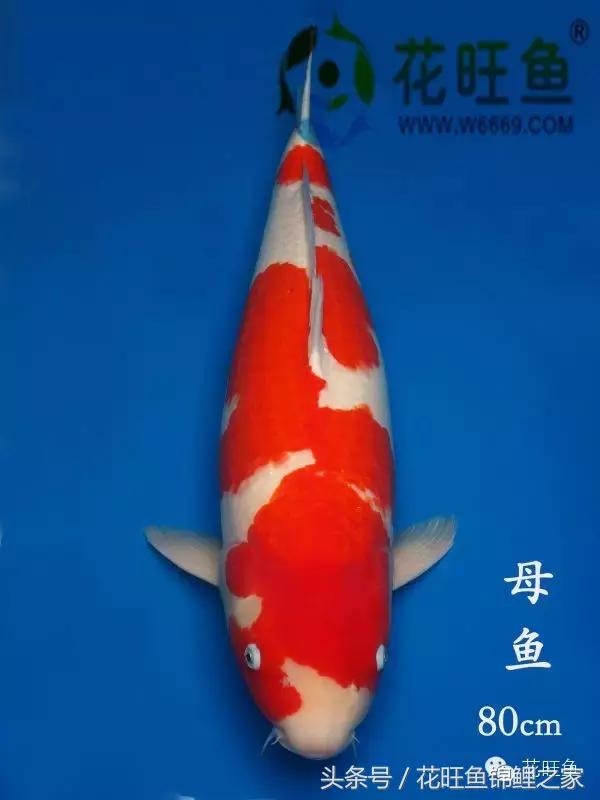
Oxygen pump
Let's talk about the benefits of oxygen pump first.
1. Increase the oxygen content in the water so that the fish can eat more and grow faster and have strong resistance.
2. increase the efficiency of nitrifying bacteria. Nitrifying bacteria are aerobic.
3. Blow off the ammonia produced by fish feces.
4. when the water is turned over, the upper and lower layers of water form convection, the pool is generally deep and narrow, the oxygen content in the lower layer is low, and the water temperature is not consistent, so use explosive oxygen to turn it further.
5, decontamination, some positions of dirt can not enter the bottom row, or moss attached to floating objects, throwing air head near these positions to burst oxygen, have decontamination effect.

6. Oxygen exposure to koi is not entirely due to hypoxia. Common situations are:
The main results are as follows: (1) when koi is cultured, there is a bacterial infection caused by trauma, in which case explosive oxygen can alleviate the physical condition of koi.
(2) when entering the new water, it is not suitable for the new environment, and the explosive oxygen is healthier than giving medicine at this time. If it is the fish raised in the fish pond, explosive oxygen can promote the growth and reproduction of aerobic bacteria such as nitrifying bacteria, and it is also helpful to the decomposition of organic matter.
In the case of low culture density, it is OK without oxygen, but it is not good for fish. After reading these, do you still think the oxygen pump is useless?
Filter system
In fish tank koi culture, because metabolism is carried out every day, and the intervention of some substances from the outside will affect the water quality of the fish tank, such as feeding, administering medicine, some dust particles, and so on, as well as various bacteria contained in its own water, so water quality filtration for koi culture is divided into physical filtration, chemical filtration, biochemical filtration and plant filtration.
The first is physical filtration.
Physical filtration is the use of a variety of filter materials or auxiliaries to remove dust, colloid, suspended matter and leaves from the water, so as to maintain the transparency of the water. A more traditional and simple method is to infiltrate water with sand and stone particles to remove suspended matter visible to the naked eye. At the same time, it has the dual functions of physical filtration and biochemical filtration.
The second is chemical filtration
Chemical filtration is a filtration method that uses filter materials to remove various ionic compounds or odors of harmful fish dissolved in water by absorption. The commonly used filter materials are activated carbon, Maifan stone, phosphate, and ion exchange resin.
The third is biochemical filtration.
Biofiltration is the use of biochemical bacteria attached to the filter material, mainly to cultivate nitrifying bacteria, and then oxidize fish excreta (such as feces and urine), residual bait and nitrogenous organic matter or ammonia by cultured nitrifying bacteria. It is the most important part of the whole fish pond filtration system. Commonly used filter materials are brush, fiber cotton, biochemical silk and biochemical balls and so on. Do not flush or kill these bacteria when cleaning or disinfecting the filter. As for how to cultivate nitrifying bacteria is also the most important link in fish tank culture of koi.
Fourth plant filtration
The use of plants in water to absorb harmful factors in water. Generally available plants in the water are duckweed, Acorus calamus and so on, their roots are well developed, in addition to the role of plant filtration, but also can absorb iron ions and pesticides in water.
When we understand the above several kinds of filtration, when designing the koi tank filtration, we should design a complete set of filtration system first, physical filtration, followed by chemical filtration, and then biological filtration, so as to let the water flow through. Plant filter can be set up by friends who have the conditions, of course, it will be better if you can set up plant filter, which not only has a beautiful effect but also can enhance the filtration system.
The bottom filter tank had better have a sedimentation tank, because the koi can eat too much, so it is good for fish and people to have a sedimentation tank, so you don't have to wash the cotton filter every day. In short, filtration is very important, with a set of filtration system suitable for your own fish tank, which can make it easy for you to raise fish. Generally speaking, the filter cylinder is the main cylinder 1/4, which is not good if it is small, nor is it the bigger the better, the bigger the waste.
About feeding.
According to scientific data, when the temperature is 22 to 25 or 26 degrees Celsius, the digestive function of koi is the best. when the temperature is below 18 degrees Celsius, high-protein food will be difficult to digest, but koi still need enough carbohydrates to replenish energy. when the water temperature is low, especially for koi less than 1 year old. Bread, peas, citrus fruits and watermelons are good sources of carbohydrates. Because koi has no stomach, it is generally necessary to eat less and eat more when feeding koi, and it is recommended that you keep it within about 3 to 5 minutes when feeding koi.
However, when the water temperature is lower than 10 degrees, the digestive function of koi will be greatly reduced, at this time, we should not feed.
When the water temperature in your fish tank is 10-13 degrees, when do you feed the carp? It is recommended to feed your carp 4-5 days a week; if you see that your carp has an appetite, you can choose to eat a small amount of high-carbohydrate, low-protein, moisturizing and laxative foods, such as pumpkin seeds and oatmeal. Or bread, rice and so on.
When you raise koi at a water temperature of 13-15 degrees Celsius, it is recommended that you feed it 2 to 3 days a week. You can choose to feed vegetables and low-protein wheat germ feed. As the temperature rises, feeding can be increased.
When the water temperature of koi is 15-16 degrees Celsius, it can be fed with a low-protein (25%) diet once a day, mixed with high-carbohydrate vegetables and fruits. At 16-19 degrees Celsius, feed once a day, gradually increase the amount of protein pellet feed (35%) and feed, and add different vegetables and fruits to the diet. Feed 35% protein feed twice a day when the water temperature is 19-21 degrees Celsius, adding a variety of fruits and vegetables.
When you raise koi at a water temperature of 22-26 degrees Celsius, feed high protein 3 to 4 times a day (35% 40%), add vegetables, fruits and shrimp (if you want to use Seyang feed, you can add it at this time), and at this time, you can make your koi fat.
But if the water temperature is between 27 and 30 degrees Celsius, the amount of feed should be reduced and vegetables and fruits should be increased (it is very important to increase the waterfall at this time). When the water temperature exceeds 30 degrees Celsius, feed vegetables and fruits. Stop feeding when it exceeds 35 degrees Celsius and increase the waterfall gas.
As long as you master the above description of when to feed carp, your love carp enteritis will not occur again, and it is also helpful to how to raise koi fish.
- Prev
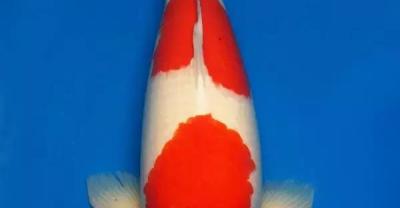
The cultivation methods and precautions of Chimonanthus chinensis A little trick that the expert taught you
First, breeding time. April is a suitable season for breeding, and it is also a very suitable month for the planting of Artemisia angustifolia, because it is warm in April.
- Next
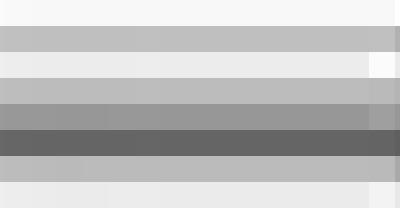
The breeding methods and techniques of red earthworms for fishing are simple and practical.
Many anglers like to use earthworms as bait, because earthworms are economical and affordable, and the effect is good, suitable for all kinds of waters, commonly known as universal bait.
Related
- On the eggshell is a badge full of pride. British Poultry Egg Market and Consumer observation
- British study: 72% of Britons are willing to buy native eggs raised by insects
- Guidelines for friendly egg production revised the increase of space in chicken sheds can not be forced to change feathers and lay eggs.
- Risk of delay in customs clearance Australia suspends lobster exports to China
- Pig semen-the Vector of virus Transmission (4)
- Pig semen-the Vector of virus Transmission (3)
- Five common causes of difficult control of classical swine fever in clinic and their countermeasures
- Foot-and-mouth disease is the most effective way to prevent it!
- PED is the number one killer of piglets and has to be guarded against in autumn and winter.
- What is "yellow fat pig"? Have you ever heard the pig collector talk about "yellow fat pig"?

